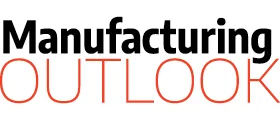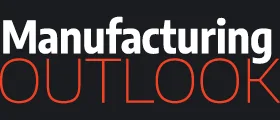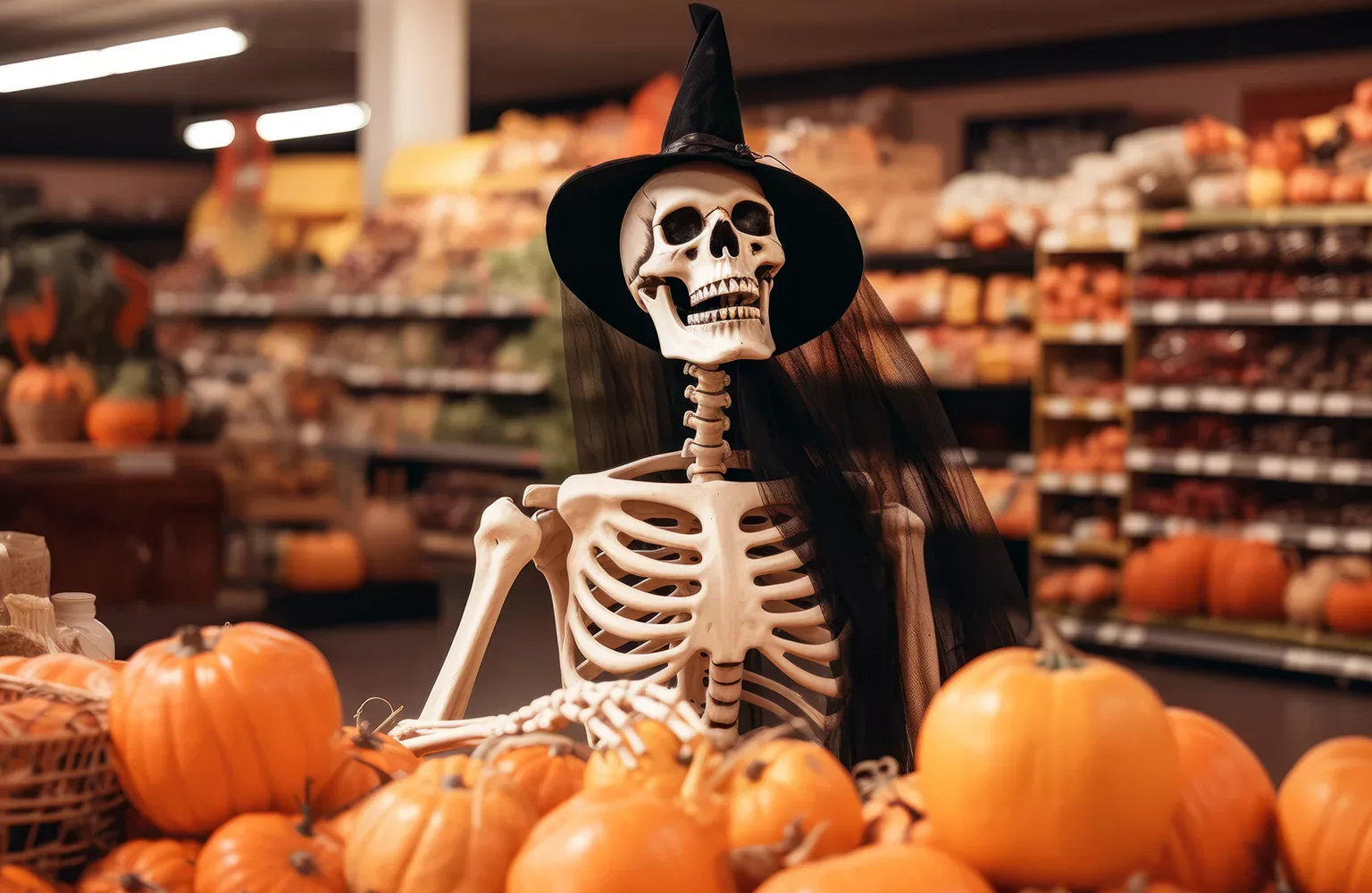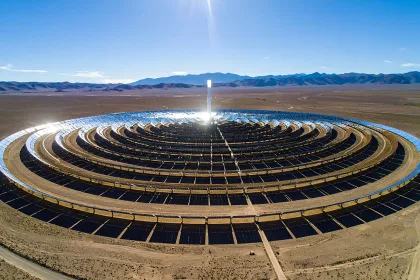Behind the scenes, Halloween is both lucrative and scary. We unwrap the trick-or-treat business and discover how retailers reap the rewards and manufacturers handle increasingly early deadlines, which can be a logistical nightmare.
A CREEPING DEMAND FOR GHOULISH GOODS
The time of All Saints’ Eve, also known as Halloween, is almost here.
While most people are just starting to consider it, the manufacturing industry has been diligently preparing for this time of year for quite a while.
The origin of the horror-themed holiday can be traced back over 2,000 years to an ancient Celtic festival called Samhain.
In the 1920s, it became more community-oriented with town-wide parades, however it wasn’t until the 1950s that it became commercialised and more closely aligned with how people celebrate it today.
This has led to a shift in focus from its traditional significance to a more consumer-driven event.
The pagan tradition that originally signified the transition from summer to the darker months of the year has transformed over time into a widely celebrated event filled with extravagant costumes, delectable sweets and treats, elaborate decorations, themed homeware, and a variety of immersive experiences, all of which call for an array of props.
The US is the largest manufacturer of Halloween merchandise, and over the past two decades, the enthusiasm for the macabre fun has spread around the globe, with numerous countries now also embracing spooky season.
In 2023, the National Retail Federation (NRF) projected that spending on Halloween would reach a record high of USD$12.2 billion in the US alone.
As demand increases, retailers prepare to stock their shelves earlier than ever, with the season unofficially beginning in July. This has led factories to ramp up production both in terms of volume and time.
EVOKING THE SEASONAL SPIRIT
Over time, there has been a rise in innovative methods to spook people who are out and about during Halloween, with animatronic decorations emerging as a flourishing facet of the manufacturing industry.
One iconic pop-up shop founded in 1983 – Spirit Halloween – has become a seasonal institution whose stores are more popular than ever across the US.
While the brick-and-mortar displays are only open from the beginning of August until the start of November, the website is available all year round.
One manufacturer that produces stock exclusively for Spirit Halloween is Gemmy Industries (Gemmy).
The Texan company is a leader in innovative seasonal décor known for brands such as Airblown® Inflatable, which changed how the US decorates for the holidays, as well as LightShow® and Big Mouth Billy Bass® – a personal favourite of the late Queen Elizabeth II.
Gemmy’s cutting-edge products, designed and developed with the latest technologies, received an upgrade in 2017 that allowed them to become app-controlled. This enhancement resulted in captivating light shows and made them compatible with smart devices such as the Amazon Echo and Google Nest.
Yard decorations have become a standard feature for various holidays, especially Gemmy’s gruesome and eerie products, which have also been featured in horror movies.
Consumers and film studios are not the only ones who buy scary props and décor. Retailers also incorporate the theme into their marketing strategies by cultivating the holiday spirit and autumnal ambience, using certain phrases like “scarily good deals”, “spellbinding prices”, and “all treats, no tricks” to create a buzz around Halloween.
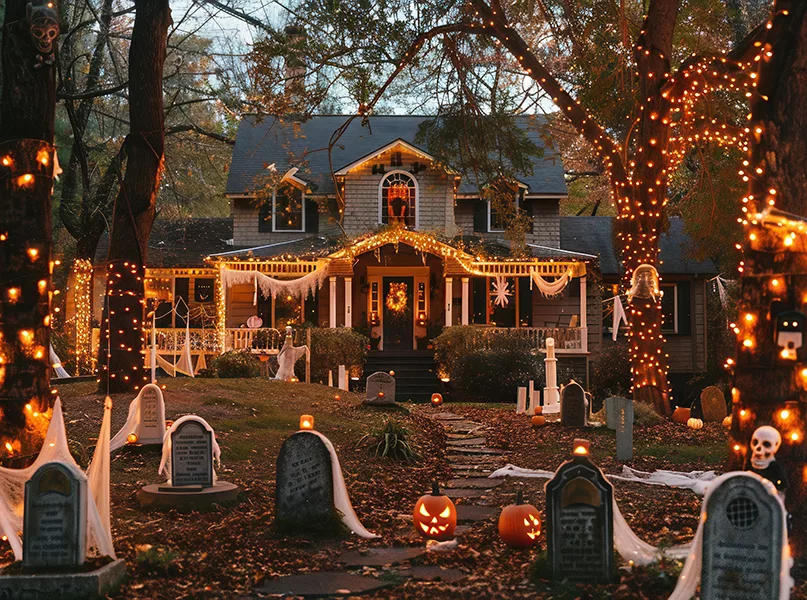
WASTE – THE SCARIEST MONSTER OF ALL
Halloween costumes can be pricey, with around 80 percent made from inexpensive materials like polyester, often originating from China.
In our disposable society, costumes are often used only once and end up in landfills due to non-biodegradable materials like feathers, fake hair, and plastic parts, only contributing to the spectre of sustainability.
Environmental matters are a major focus in the retail sector, and Halloween is no exception. With the increasing production of holiday-related products and growing participation, consumers are becoming more eco-conscious, and companies are promoting biodegradable alternatives in response.
Reusable decorations and costumes made from recyclable materials are now available, and many revellers are even creating their own.
As well as costumes, Halloween is synonymous with sweets and chocolate, which are mostly purchased in the six weeks leading up to Halloween. Therefore, some manufacturers prepare up to a year in advance to meet this fluctuation in demand for seasonal stock.
In 2022, Hershey’s CEO reported that the company was unable to meet consumer demand despite producing more chocolate treats than ever. Production for that year started in the spring, but there were capacity constraints.
In the previous year, sales returned to normal levels after the COVID-19 pandemic. However, issues such as the Ukraine conflict, ingredient shortages, labour limitations, and increased transportation costs have led manufacturers to pay more to meet demand.
Forecasting is crucial for inventory management because if sales fall below expectations, manufacturers must quickly find new distribution channels before 1st November to prevent a sharp drop in product value.
A DAUNTING DUO
Known as the Golden Quarter, the busiest time for retailers starts on 16th September, 100 days before Christmas. However, many holidays, including Halloween, are now rooted in consumerism rather than tradition.
Even one of the most important cultural celebrations in Mexico, Día de los Muertos, which translates to Day of the Dead, has been influenced by the phenomenon.
Traditional imagery associated with the holiday, such as sugar skulls and skeletons, has become commoditised and sold in stores worldwide as retailers try to carve out a presence in the market.
Social media also significantly influences trends, leading to an earlier presence of Halloween on feeds and in stores each year. This extended selling period also begins to impact the Christmas season.
Unlike the family-focused festive months, Halloween capitalises on themes of self-expression and novelty. Fuelled by social media hype, nostalgia, and a yearning for escapism, Halloween has transformed from a one-day celebration to a season-long retail extravaganza, a change evident in consumer behaviour.
The emerging trend of ‘Summerween’ featuring pumpkin spice-flavoured everything – with Starbucks releasing its famous lattes at the start of August this year – illustrates that Halloween is becoming a creeping phenomenon, reflecting a shift in consumer behaviour and retail strategy.
With Halloween preparations increasingly resembling Christmas, the holiday seasons are blending, presenting the manufacturing industry with a mix of challenges and opportunities.
Effectively navigating supply chain pressures, fluctuations in seasonal employment, and unpredictable consumer demands often necessitates using technology to adapt to the significant impact of the holiday season on the manufacturing industry.
Having a well-defined operational strategy is essential, as inadequate planning and a lack of comprehension of the seasonal market can return to haunt manufacturers long after the pumpkins and paraphernalia have vanished.
SCARY STATISTICS
- 40 percent of UK consumers buy pumpkins to carve for Halloween, and 60 percent don’t produce any food from the wasted product, meaning the equivalent of 360 million portions of pumpkin pie are thrown out.
- In the US, over 5.4 million kilogrammes of textile waste are produced by manufacturers and consumers throwing away Halloween costumes.
- The NRF estimates that around USD$3.6 billion is spent on sweets and chocolate for Halloween.
- In the UK, Halloween spending is expected to reach over £1 billion this year, rivalling Christmas as a critical retail period.
- Around 76 percent of US pet parents like to dress their fur babies up for Halloween and other fall occasions, and a whopping 82 percent decorate their homes.
- According to the NRF, 47 percent of survey participants begin their sinister shopping activities before October.
- Over three-quarters of those participating in Halloween festivities intend to buy decorations, a figure that has continued to increase in the past five years.
- In the UK, Halloween is the third most popular holiday after Christmas and Easter, respectively.
